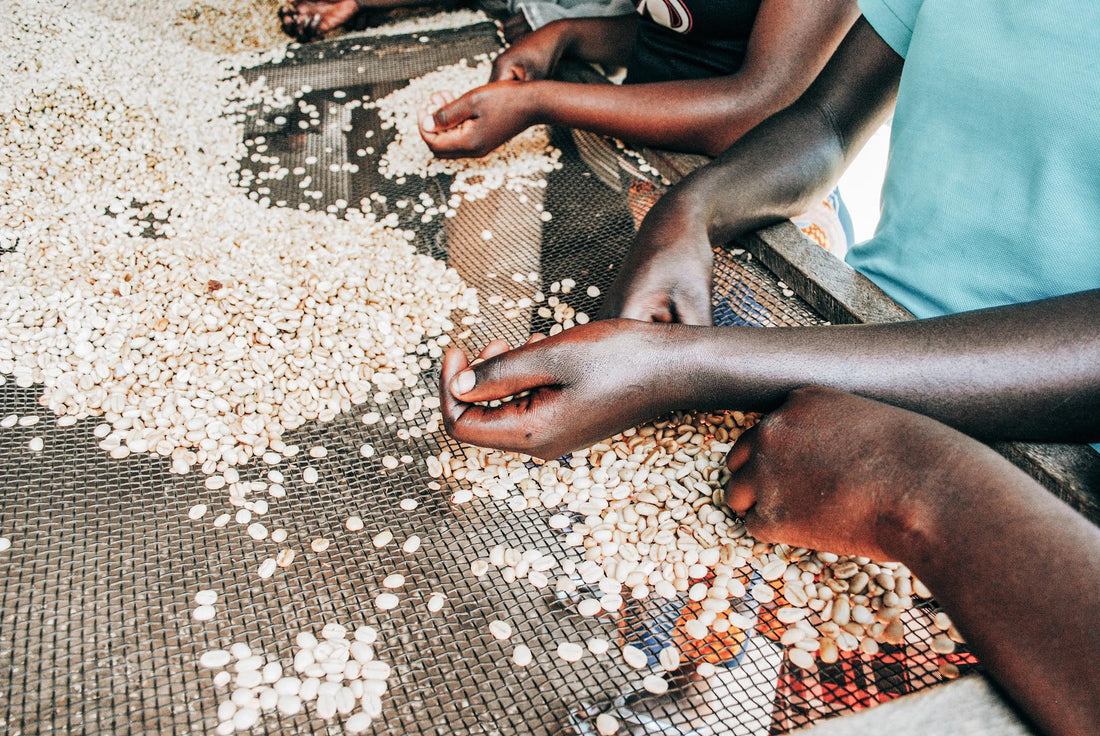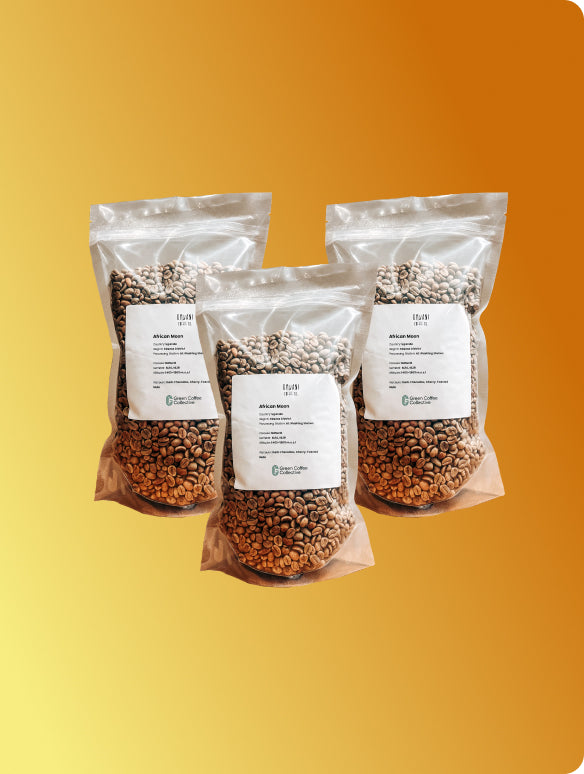Coffee is part of Rwanda’s national story. By the late twentieth century it was the country’s main source of foreign exchange and the cash income for hundreds of thousands of smallholders. When the genocide began in April 1994, the killings tore through the communities that grew, processed and moved coffee, and the export system collapsed with them. Coffee underpinned livelihoods and exports, and in conflict the people and infrastructure that keep it moving disappear fast.
The genocide in outline
Rwanda’s tragedy has deep roots. About 85% of the population are Hutu, while the Tutsi minority long held political power. In 1959, the Hutus overthrew the Tutsi monarchy and tens of thousands of Tutsi fled to neighbouring countries, including Uganda. A group of exiles there formed the Rwandan Patriotic Front (RPF), which invaded Rwanda in 1990. Fighting continued until a 1993 peace deal was signed, but tensions remained high.
On 6 April 1994, a plane carrying President Juvénal Habyarimana of Rwanda and President Cyprien Ntaryamira of Burundi was shot down, killing all on board. Hutu extremists blamed the RPF and immediately launched a well-organised campaign of slaughter. The RPF argued that Hutu hardliners were behind the attack to provide a pretext for mass killings.
The violence spread with chilling efficiency. Lists of government opponents were handed out to militias who killed entire families. Neighbours turned on neighbours. At roadblocks, ethnic identity cards became death sentences. Many killings were carried out with machetes, everyday tools in rural households. Thousands of women were abducted and held as sex slaves. Over just one hundred days, about 800,000 people were murdered.
Coffee’s central role before 1994
Coffee had been introduced to Rwanda by Belgian colonists in the 1930s as a low-cost commodity crop. By the 1980s it made up around 70% of the country’s export earnings. The state controlled sales through parastatal boards, fixing producer prices and managing exports. Farmers had little choice but to grow it. When the International Coffee Agreement collapsed in 1989, global prices slumped and rural incomes shrank. By the early 1990s, the rural economy was fragile and heavily dependent on a single crop.
Devastation in 1994
The genocide destroyed the systems that kept coffee moving. Farmers and co-op leaders were killed or displaced. Washing stations and warehouses were abandoned. Roads became unsafe, and exports dropped to almost nothing. The agronomists, traders and drivers who made the sector function disappeared overnight. When coffee did begin moving again in 1995, much of it was low-grade, unprocessed lots that reflected the breakdown of quality systems.
Farmers, co-ops and washing stations were lost, and with them the structure that had kept the country’s main export alive. Coffee money had sustained schools, healthcare and local services. When the chain broke, so too did the systems that supported rural life.
Recovery and reconciliation
In the early 2000s, international aid and NGOs supported new infrastructure, with USAID funding the first post-genocide washing station in 2004. Co-ops were reformed, new washing stations built, and quality-focused production introduced. Coffee became part of reconciliation, drawing together communities once divided by violence. Today, Rwanda is known for high-grown Bourbon coffees with clarity and structure, but that reputation sits on top of a history of devastation.
Why this history matters
Rwanda’s coffees are often celebrated today for their quality and consistency. That deserves recognition. But it’s just as important to acknowledge that the industry we see now was rebuilt after almost everything collapsed in 1994. The genocide destroyed lives, communities and the economy that depended on coffee. Understanding that history doesn’t diminish Rwanda’s recovery - it makes the progress clearer and the achievement more striking.

